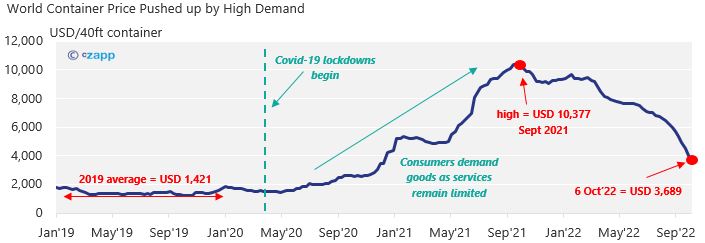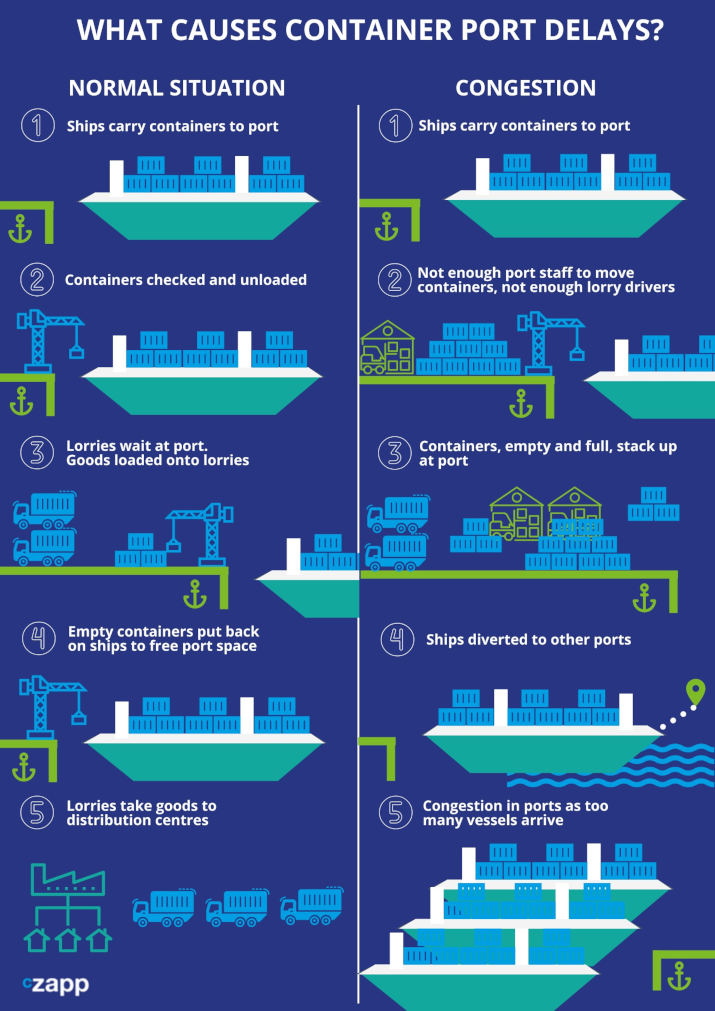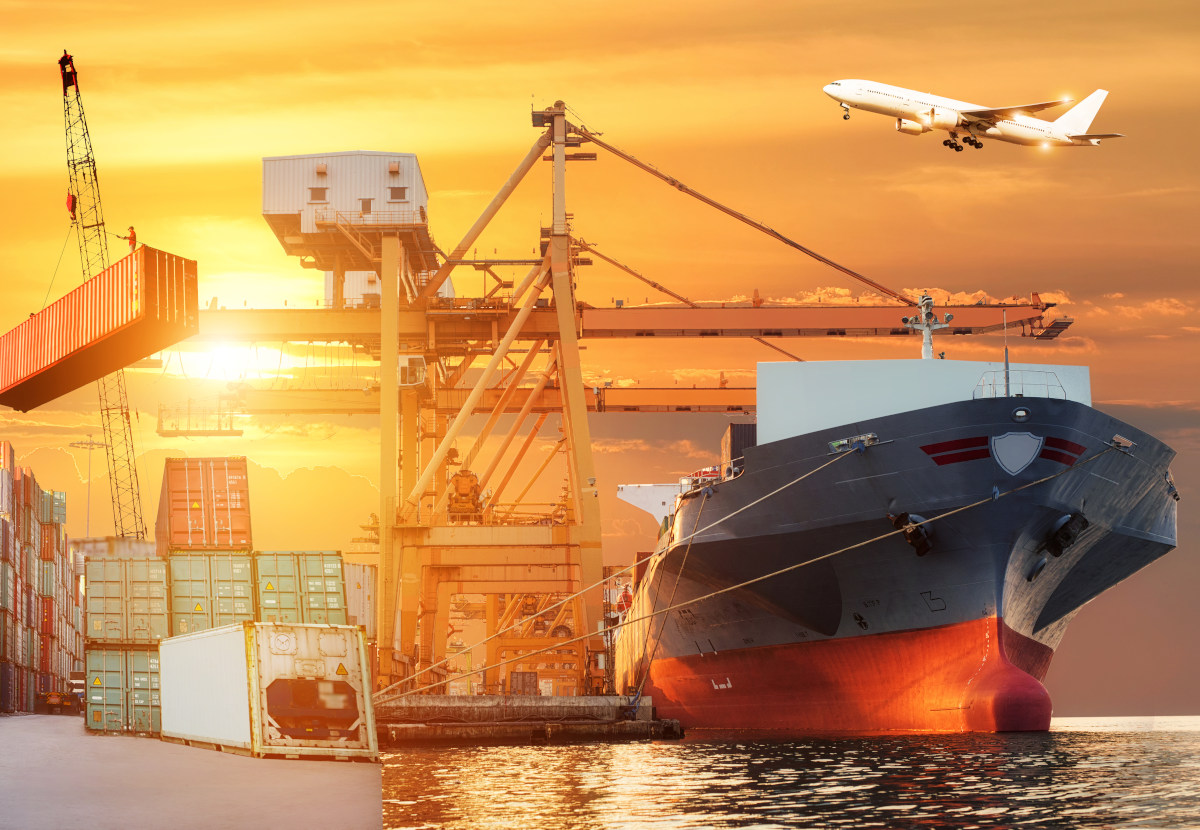Opinion Focus
- As container rates drop, more and more freight forwarders are seeking capacity.
- But in some instances, breakbulk can be the more effective solution to shipping needs.
- Flexibility is key as supply chains remain in a more complex position than it would appear.
After a bumper year for the container market, when the cost of a 40-foot container reached as high as USD 14,000 on some routes, prices are beginning to stabilise. The pace of the descent is heating up as the world faces the possibility of a recession and as a result, liners are now beginning to offer long term contracts again to tempt customers back. But is container freight always the best option?
Container Rate Dip Marks Return to Long Term Contracts
Historically, the container market has offered two types of rates: long-term contracts or spot rates. For large companies, long-term contracts were attractive because they mitigated market volatility. For liners, they locked in business for a certain period of time.

Source: Drewry
But these rates were quickly withdrawn by shipping liners amid a sudden surge in demand for goods in mid-2020, which stretched almost to the end of 2021. This was exacerbated by the fact that, from around March 2020 until May 2020, many liners mothballed vessels as consumer demand dipped amid economic uncertainty.
As a result, increased demand took vessel owners off guard and there was not enough supply to meet the demand. Shipping companies quickly withdrew long term contracts and offered only spot rates. This meant companies who had previously negotiated long-term contracts were left with high costs for spot rates or, on occasion, the complete inability to move their products.
Now, although the cost of a container remains over three times as high as the 2019 average, there are some signs liners may begin offering long term contracts again soon, making container freight much more palatable for importers and exporters. Already, spot rates are much more workable.
The Container vs Breakbulk Argument
The past few years marked a turning point for shipping companies, which have been operating for some years with extremely low rates — in some cases below cost. But with such fluctuations in costs over the past few years – not to mention spotty availability — bulk has emerged as an alternative to containers in certain situations.
Containers and bulk vessels are priced differently, with the former priced per container while the latter is priced per day. This means that depending on the route, one option may be more or less expensive than the other.
However, there are also many other considerations to make when choosing the correct mode of transport.

Flexibility Key for Decision Makers
But it’s not just about rates; it’s also about availability. Recently, there have been significant issues with the return of containers to shipping liners. This has cost companies millions of dollars in additional fees and has significantly stretched container availability.

Find out more about how demurrage is challenging the supply chain here.
And given that breakbulk rates are falling alongside container rates, breakbulk can still be very competitive depending on requirements. While container shipping often comes with capacity restrictions, shipping in bulk means there is capacity for larger volumes. There is also less infrastructure needed for bulk shipping.
Circumstances Can Limit Choice
However, one thing to bear in mind is that bulk shipping has more intensive labour requirements. In recent months, there have been threats of strikes among dockworkers worldwide, including in the US, South Africa and the UK.

But bulk shipping can also offer more flexibility in these instances. When shipping in containers, the vessel is shared with multiple other companies. This means it is impossible to divert routes at the last minute in instances of disruption at ports.
However, with breakbulk the port of discharge can be changed with the agreement of shipowner. Cz’s strong relationships with port authorities and stevedores also makes the process swifter and more efficient.
Concluding Thoughts
- For customers in need of vessel chartering, there is no “one size fits all” option; the process should be entirely tailored to individual requirements.
- The ability to quickly understand and interpret various shipping markets is essential to maintaining a competitive advantage.
- In today’s environment, shipping costs are not always the most important factors – disruptions can cost a lot more in the long term.
- Now, added value and the ability to pivot are much greater priorities for companies.
- Those looking for flexibility need a partner with a proven track record and expertise across freight methods.
- Cz can offer guidance on the most suitable freight type, as well as support with real-time decision-making during voyages.
If you’d like to know more about how Cz can support your freight requirements, please contact Rositsa Koleva on rkoleva@czarnikow.com.














